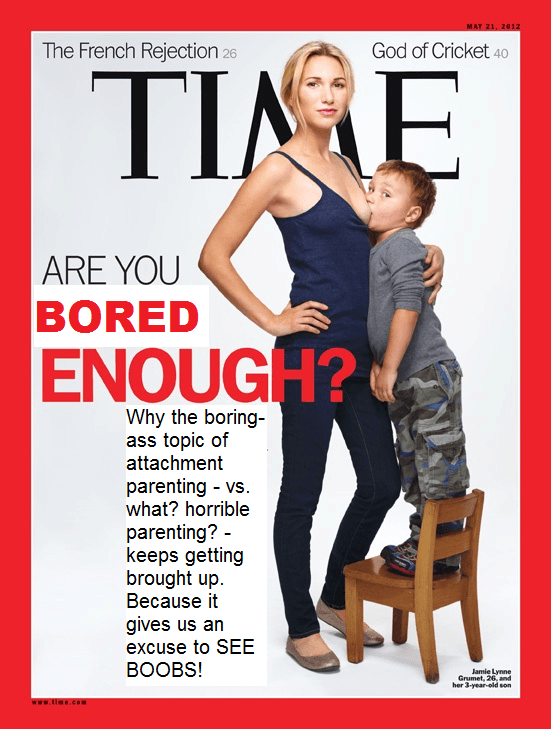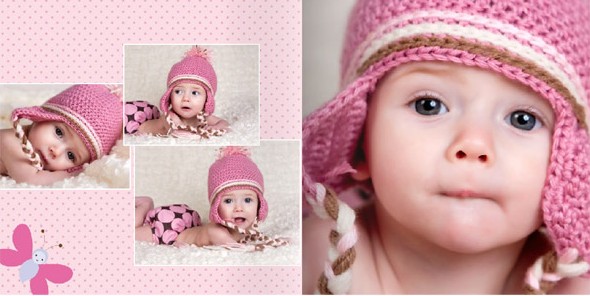A baby sling is often invaluable for busy moms who want to keep their baby close by. Most models leave your hands free to wash dishes, fold laundry, and work at the computer, but keep your baby warm and cozy right on your body. But could that comfy, convenient baby carrier be dangerous for your little angel?
The Consumer Product Safety Commission said it has investigated at least 13 deaths associated with sling-style infant carriers over the last 20 years, including three deaths last year, according to this report. Twelve of the deaths involved babies younger than four months of age.
This has got many moms debating the safety of their slings. Most are very happy with their baby carriers, and point out that any baby product needs to be used with care and common sense. But some have expressed concern and say they have experienced some worry when wearing their baby.
According to the CPSC , parents who should be the most careful are those who’s babies are under 4 months, a low birth weight twin, born prematurely, or have a cold. (But please don’t think that it is unsafe to wear a sick or premature baby in a sling. When done correctly, it is actually beneficial for preemies to be kept close to their mother as much as possible. Read more about it here.)
CPSC warns that slings can pose a suffocation hazard in two different ways:
- A sling’s fabric can press against a baby’s nose and mouth, blocking the baby’s breathing and suffocating a baby within a minute or two.
- The other case involves slings where the baby is cradled in a curved or “C-like” position, nestling the baby below mom’s chest or near her belly. That curved position can cause a baby’s head to flop forward, chin-to-chest, restricting the infant’s ability to breathe. “The baby will not be able to cry for help and can slowly suffocate,” warned the commission.
Pat Shelly, director of The Breastfeeding Center for Greater Washington, believes that the safest way to wear your baby is in a carrier that keeps the newborn upright, and solidly against his mother’s body. “Parents should be instructed to allow the infant to keep his chin off his chest optimizing the airway for breathing.”
Here are some guidelines to using a baby carrier safely:
- Always follow manufacturer’s guidelines for using your carrier.
- Make sure the infant’s face is not covered and is visible at all times while in the sling.
- If nursing the baby in a sling, change the baby’s position after feeding so the baby’s head is facing up and is clear of the sling and the mother’s body.
- Parents and caregivers should be vigilant about frequently checking their baby in a sling.

- While you are getting used to wearing your baby, support him with your hands. As you go through the learning phase of moving and reacting, the urge to support your baby with your hands is instinctive. After you become a babywearing veteran, you can safely carry your baby in the sling with one or both hands free.
- Wear baby cautiously in the kitchen. Do not wear baby while cooking or working with sharp or hot objects.
- Do not drink hot beverages when wearing baby, although wearing baby while eating is safe.
- When wearing your baby and stooping over, bend at the knees, not at the waist, and hold baby in the sling with one hand.
- Toddlers, if worn, are at your reaching level, can grab dangerous or breakable objects off shelves. Keep an arm’s distance away from potential hazards.
- When going through doorways or around corners, be careful that baby’s body does not stick out past your arm and strike the wall or doorjamb.
- Do not ride a bicycle or other moving vehicle while wearing your baby. Baby carriers are not substitutes for an approved car seat.





Great article, I give it 5 stars!
I’m terrified of baby slings, have been since I tried one with my daughter. I just couldn’t relax, kept moving her around, sticking my finger under her nose to make sure she was still breathing. It was exhausting! I prefer soft structured baby carriers for all my babywearing needs. Thanks for the great information!